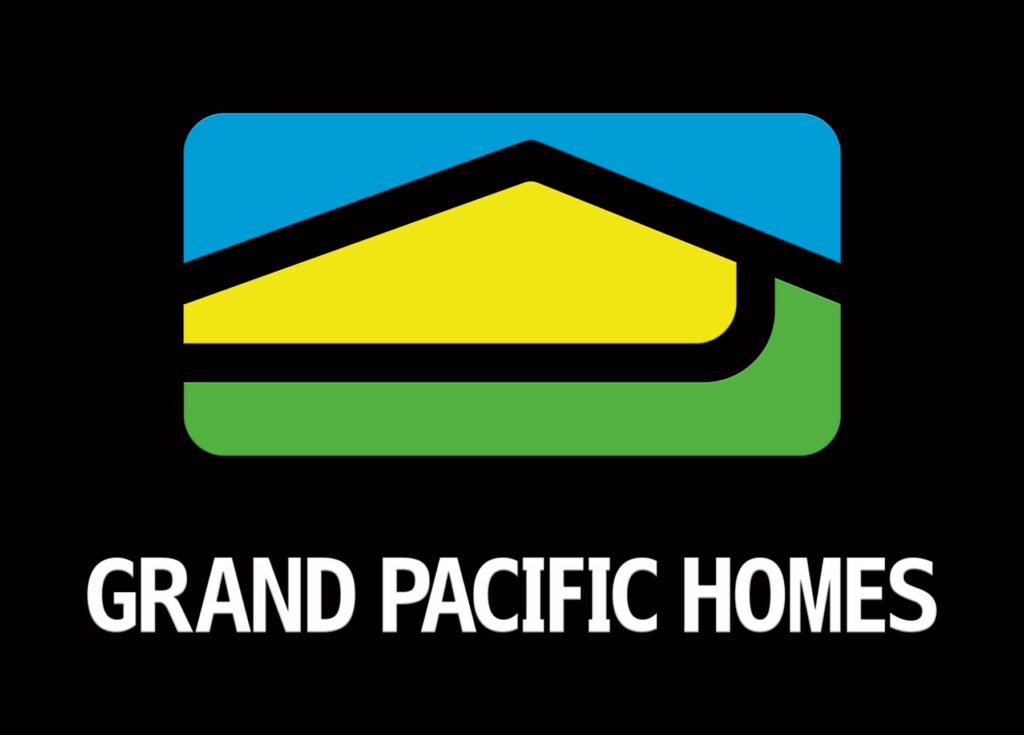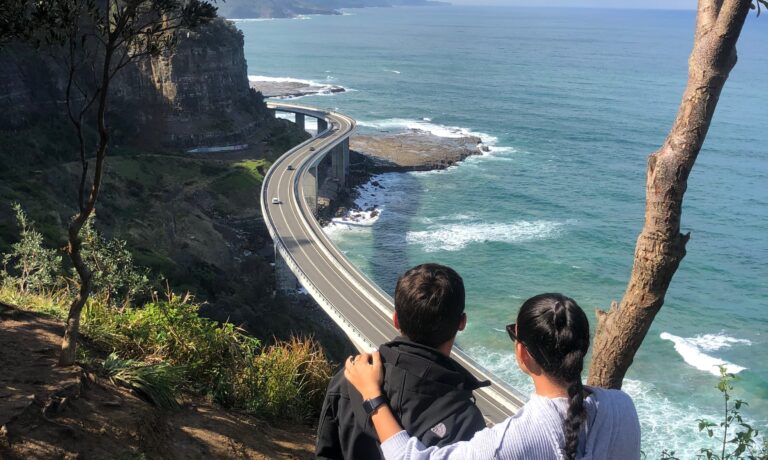
Mistakes To Avoid When Building or Renovating Your Illawarra Home
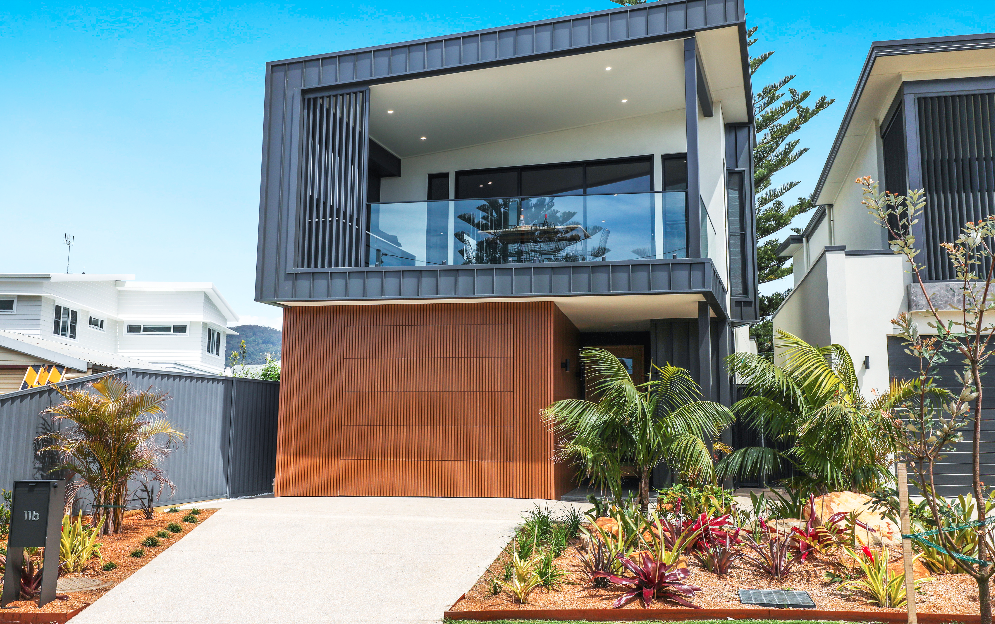
Wollongong Home Builder – Grand Pacific Homes – shares how to avoid the biggest mistakes when building or renovating in the Illawarra
Building Mistakes That Cause Nightmares
We’ve all heard the horror stories people share about their nightmare building experience. Be assured, it doesn’t have to be this way. If you plan to build a new home in the Illawarra, or you want to renovate or extend your existing home, there are ways you can avoid making mistakes.
To help our lovely locals avoid building pitfalls, we’ve interviewed Wollongong’s local building experts, Grand Pacific Homes. They share all you need to consider when tackling a home build or renovation across the Illawarra. Read this aticle for valuable advice from a leader in the industry, and create your dream home with confidence – avoiding the most common pitfalls.
Wollongong Building Tips & Essential Considerations
AVOID BUILDING MISTAKES – Understand Site Constraints
When purchasing a property, be aware of potential challenges that may need to be addressed in a future building project. We regularly council clients who have complications due to the location of their site. Beware of the design and cost implications of the following:
Illawarra Bushfire Affected Areas:
A BAL rating measures the severity of potential exposure to ember attack, radiant heat and direct flame contact. The higher the BAL rating, the more bushfire protection upgrades may be required – from the inexpensive addition of gutter guards to the costly installation of fire shutters on windows.
Illawarra Flood Affected Areas:
Any property near a creek will be affected by flood. Flood level advise from Council will determine the risk based on a 1 in 100-year flood event. Depending on the degree of flood potential, a property may need to be built up out of the ground or have a reinforced foundation to withstand the speed of water flow and the impact of debris.
Illawarra Sloping Blocks:
The more you work with the fall of the land, the more money you will save in excavation and retaining walls. Generally, a split-level design suits this type of site best. There is a cut and fill process, where the excavated material is used to level the land where possible. If the excavator hits rock as opposed to sandstone (often found south of Wollongong), the excavation cost will increase. The hard nature of rock requires special equipment to break it up and extra time to remove it.
AVOID BUILDING MISTAKES – Understand the Building Process
Lack of understanding can lead to confusion and poor choices. Empower yourself with correct information from a reputable source at the beginning of the project. You may not know what you need to know, but that’s ok. The experts at Grand Pacific Homes guide clients through this process and have outlined the key stages below:
- PRE-BUILD PHASE
- Design
- Approvals
- Tender
- Selections
2. BUILDING PHASE
- Site Prep
- Framing
- Lock Up
- Fix Out
3. PRACTICAL COMPLETION PHASE
- Final inspection
- Handover
- Landscaping
- Occupation Certificate
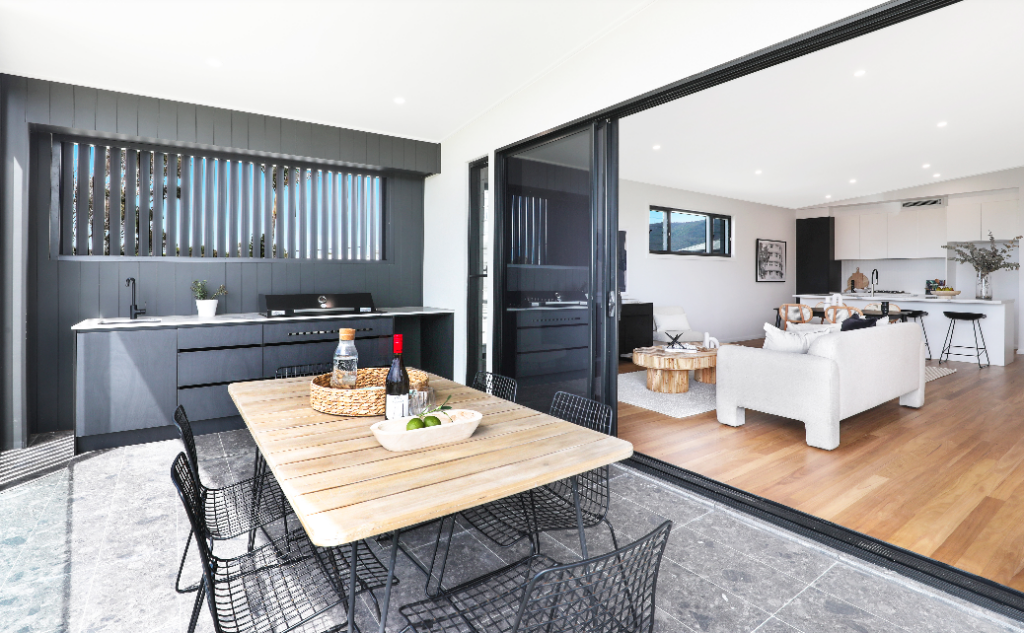
AVOID BUILDING MISTAKES – Know Your Budget
Architects and building designers will do a consultation to get a design brief. Then, itching to unleash their creativity on the new project, they simply deliver a design that their clients say they want.
The problem here is that clients don’t realise how much it costs to build what they say they want – and designers don’t necessarily educate clients on choices to keep within budget.
Some clients get a shock when they ask a builder for a budget estimate and realise the design is far beyond what they can afford – a situation that can lead to disappointment and frustration for clients and all too often, the breakdown in the designer/client relationship.
TIP 1: Bigger isn’t always better.
The larger the house, the more it will cost to build. Consider how much space you actually need. We recommend a logical and efficient design that feels comfortable. It may be hard to visualise how big your space is on architectural plans but trust your designer. There are ideal room sizes and tricks that make a home feel spacious without adding cost.
TIP 2: Know your budget.
We advise that you split your budget into three amounts:
- TENDER – this covers the build cost inclusive of the builder’s standard materials and finishes.
- SELECTIONS – this includes the cost to upgrade certain materials and finishes.
- CONTINGENCY – this is what you need to have available to cover any unforeseen circumstances.
The Selections process is where all the magic happens. If you spend a bit less on the size of the building, you will have more budget to play with for the exterior finishes and interior design of the home.
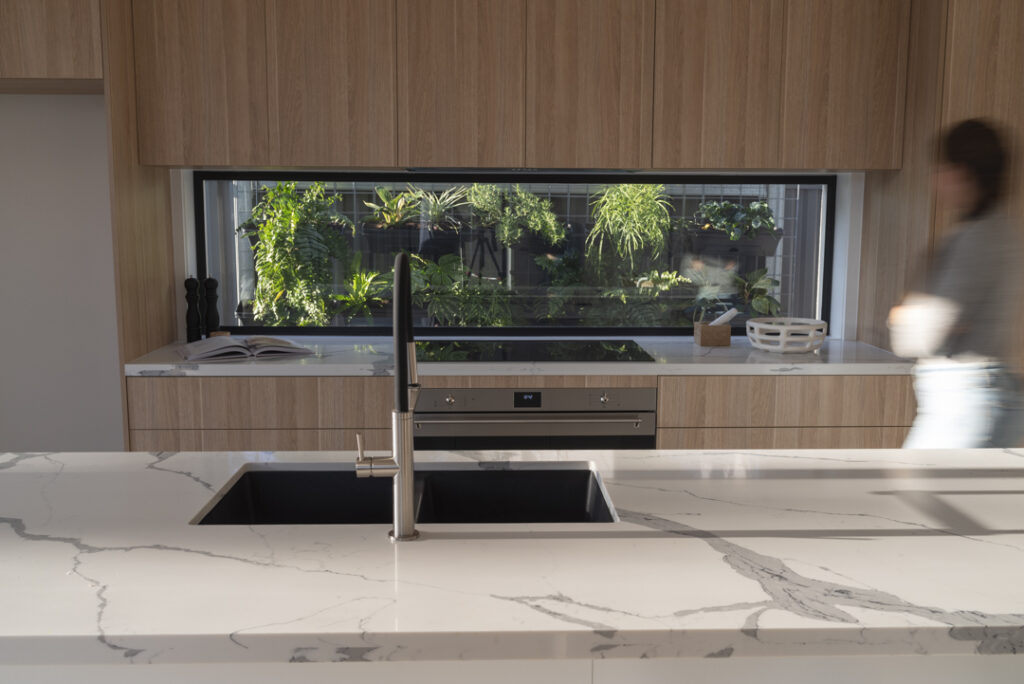
AVOID BUILDING MISTAKES – Choose a Builder You Can Trust
How to assess a builder’s credibility:
It’s best to get a recommendation from a trusted source when choosing your builder. Make sure your builder is licensed, registered and insured (as a minimum, they should have Public Liability Insurance and Home Warranty Insurance).
A key element that sets builders apart is how they manage the build process. Here are some things to ask a builder:
How long have they been in business and how many projects have they done?
The longer a builder has been in business, the more experienced they are, with time to vet their subcontractors to ensure excellent craftsmanship. An established builder will also have good administrative systems in place, ensuring good communication with clients, and efficient coordination and supervision of contractors.
How many staff do they employ and in what roles?
This will give an indication of how well resourced they are. Larger building companies, such as project home builders can be cost effective, but they may have so many jobs on the books that you could feel lost in the crowd. On the other hand, smaller home builders give the opportunity to get to know them, but they often don’t have the administrative support to keep jobs moving efficiently. A mid-size building company usually offers the best of both worlds as they will have a team for admin and accounts as well as a dedicated project manager that you can work with throughout the build.
Get a list of current and previous jobs they have done and arrange to have a look.
Go and visit these projects and where possible, get a walk through. A good builder will offer to meet you at one of their sites and show you through it. If the site is completely disorganised and a mess, and the trades pretty casual, then the quality of the build will generally be pretty poor as well. If the site is clean and materials are well organised, and trades well presented, then the builder will generally take more care in their work too.
Ask for references from the builder and speak to them.
Builders may be quick to offer you the contact details of a handful of selected clients, but they may just offer a biased opinion. Ask to speak with their most current clients, particularly those in the middle of the building stage. You’ll likely get a more balanced opinion of the builder, specifically when it comes to communication and how efficient they are in the construction process. Any good builder will be happy to provide you with contact details, and any customer who was really happy with the builder, won’t mind being contacted provided the builder asks them first.
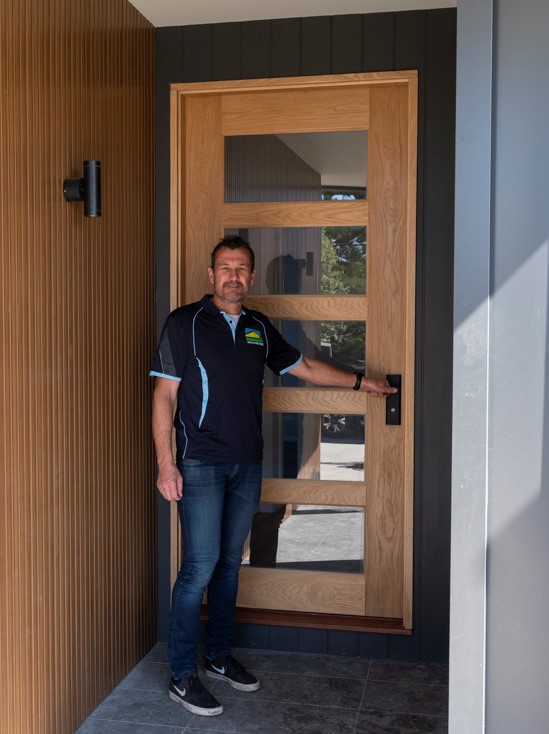
AVOID BUILDING MISTAKES – Understand The Tender
The tender is often structured in three parts:
Provisional Allowance – A nominated amount of money to cover work or materials, the extent of which are unknown until works have commenced. This is often done for site works because it is difficult to know what may be required until the site is exposed during demolition. A good Estimator will use costings from past projects as a guide, but it’s not foolproof. Generally, some PA’s are low and others are high, but by the end of the project, they typically even out.
Base Price – This is a lump sum that covers all items required for the build based on the architectural drawings, and is calculated using the builder’s standard inclusions (materials and finishes). Its more accurate than a sq/m rate, but unlike a bill of quantities, the base price does not allocate costing for specific items.
Owner’s Selections – these are itemised additions to the tender that are specific to the project and are included by request. They can be things such as air-conditioning, flooring, driveways, landscaping etc as well as upgrades to the standard alllowance. All selections should be captured in a schedule with a written description including model, colour etc so there is no ambiguity.
Check with your builder how long they will hold the price. Most are 6-12 months and then they charge more. Discuss building timeframes. Building projects can stall due to factors beyond anyone’s control, like weather or supply chain issues, and may affect cost.
AVOID BUILDING MISTAKES – Beware of Owner’s Works
This may sound like a great cost saving option, but it can get problematic. Owner’s works means you’ve engaged a builder to do a portion of the build. When they have finished you become the principal contractor and engage your own trades to do the rest.
Technically, this requires you to take out an owner/builder’s license. You now own the risk for works under your direction and it is up to you to supervise your trades. It is also your responsibility to:
- Take out the correct insurances
- Organise a Construction Certificate (if required)
- Meet the Conditions of Consent for your DA
- Provide correct certificates to your certifier
- Maintain warranties for products and building works
To avoid murky overlaps, we suggest any owner’s works be clearly outlined and agreed upon in the contract with your builder. The best scenario is to carry out owner’s works after the builder has completed their portion of the project and has vacated the site.
Owners’ works can be a logistical nightmare. If you think saving stress is more important than saving money, then get your builder to undertake the project from start to finish. That way, the builder owns all the risk, deals with all the paperwork, and becomes responsible for everything during the build and into the future. All you need to do is sit back and enjoy the ride.
AVOID BUILDING MISTAKES – Choose Your Building Inspector Wisely
Ensure you have nominated a building inspector that you are comfortable with and who has a great reputation. They must also have correct accreditation for particular sites, such as Flame Zone.
The building inspector does not work for a builder. In fact, by law the client must nominate their own building inspector. There are however, benefits to using a building inspector recommended by the builder because they will have a shorthand communication stream that will keep the process efficient.
A builder should recommend 2 or 3 options and once you do your background checks, you nominate the one you feel most comfortable with.
AVOID BUILDING MISTAKES – Understand the Contract
Builders typically use an industry standard contract. Before you sign the contract, read it thoroughly and ensure you understand it. Ask for clarification on areas that leave you exposed and have it checked by a solicitor that specialises in building contracts to ensure everything is in order. Negotiate any areas that you do not feel comfortable with.
Confirm it contains items such as:
- Builder’s warranty
- Termite protection
- The Tender and Selections
- The Architectural Plans
- The Schedule of Progress Payments
Beware of anything in the contract, specifications or drawings noted as “or equivalent”. Some builders have a different idea of what level of quality is equivalent to the selected product. If it needs to remain, consider adding a clause that requires all substitutions to be approved by you to your satisfaction. The advantage of using a custom home builder is that they will ask you to reselect an item and to sign off on the change, which ensures you will have full control over the selection.
This is the most important (both contractually and financially) document you may ever sign, so it is imperative that you take the time to thoroughly go over the contract and understand it – there is no need to rush this step.
AVOID BUILDING MISTAKES – Keep Track
Use an excel spreadsheet to track your decisions and budget, as well as any issues that arise during the build. Include a photo log of the build process with notes.
Ask the builder to clarify the variation process. Understand the cost of variations and approve each variation formally in writing as the work progresses and ensure there is an option to decline the variation. Be aware that some variations include changes for products but that may have a knock-on effect for labour costs.
Some builders offer their clients access to software called Builder Trend that helps with this process. It tracks the design and construction process and logs all selection choices so you can oversee the budget. It also keeps track of all communications in case there is ever a dispute.
Conclusion
Despite the horror stories, there are a lot of good builders out there who take pride in their work and want to deliver a good job to their clients. If you do your research and trust your builder to guide you to make good choices, the building process will be smooth, and your dreams will come true.
If you are looking for a local builder you can trust to turn your vision into a reality, Grand Pacific Homes are leading builders in Wollongong, NSW and surrounds. They have been designing and building custom homes from Helensburgh to Nowra for over 15 years, and are a wealth of local knowledge. So whether you’re looking to design and build a new home, knockdown and rebuild, or it’s time to renovate, Grand Pacific Homes are here to help. We thank the team for providing this valuable information and for sponsoring this article in What’s On In Wollongong!
Contact the friendly expert building team at Grand Pacific Homes for a complimentary initial consultation or to discuss any aspects of your build or property purchase:
2/28 Ralph Black Dr
North Wollongong NSW 2500
P: (02) 4227 6405
E: info@grandpacifichomes.com.au
